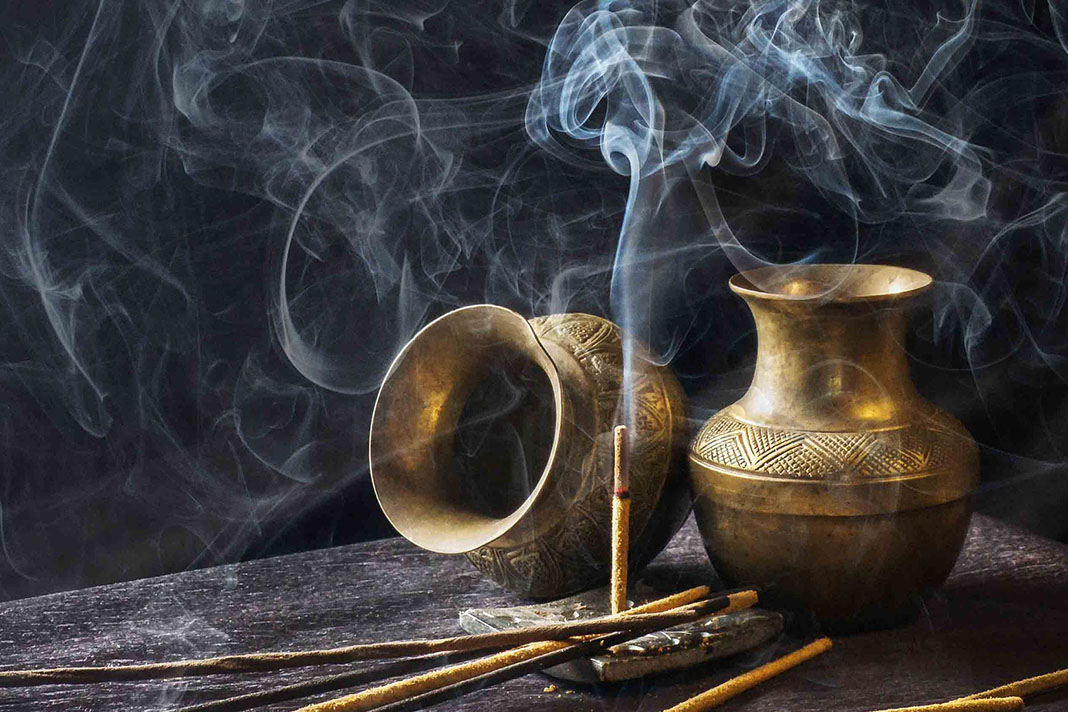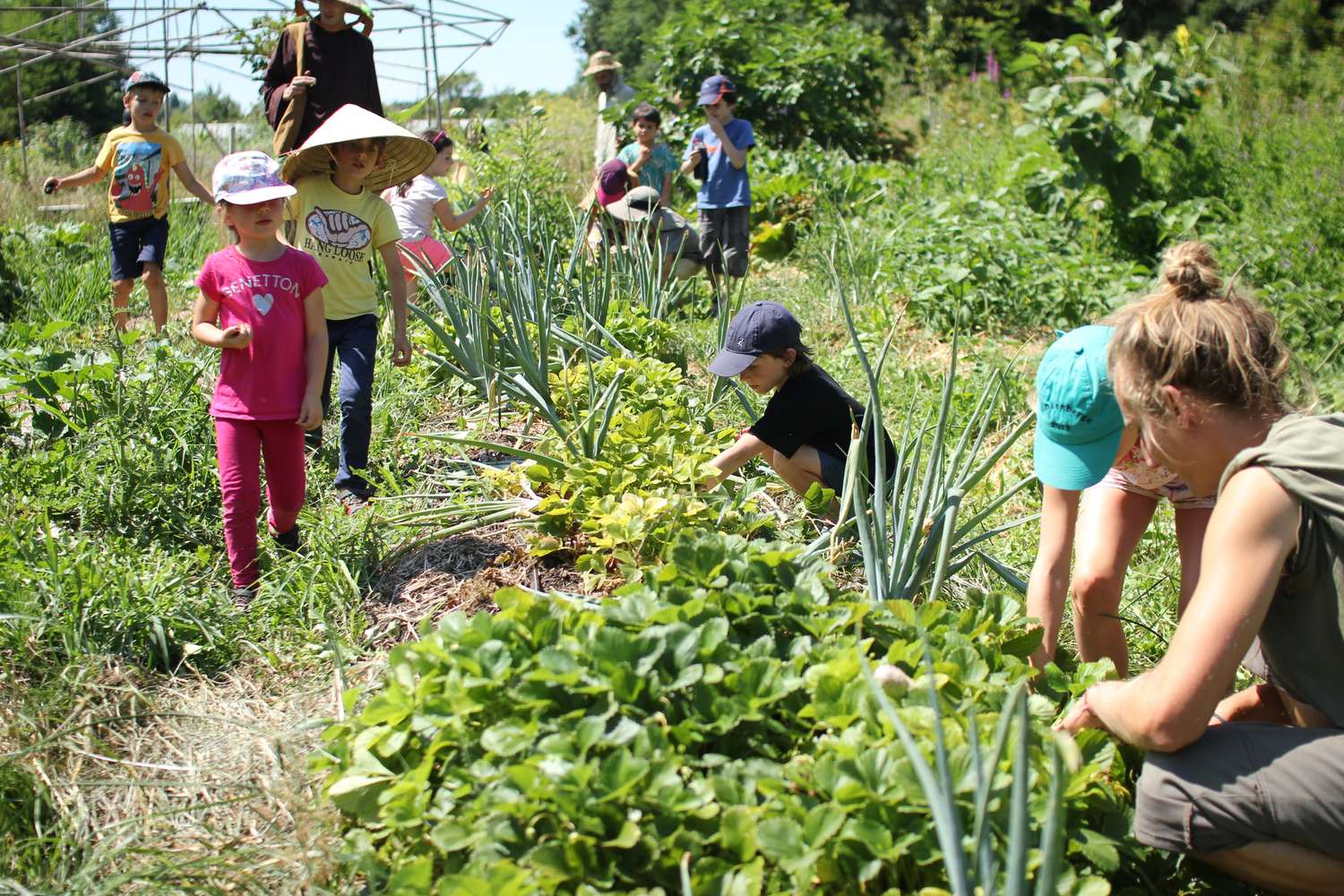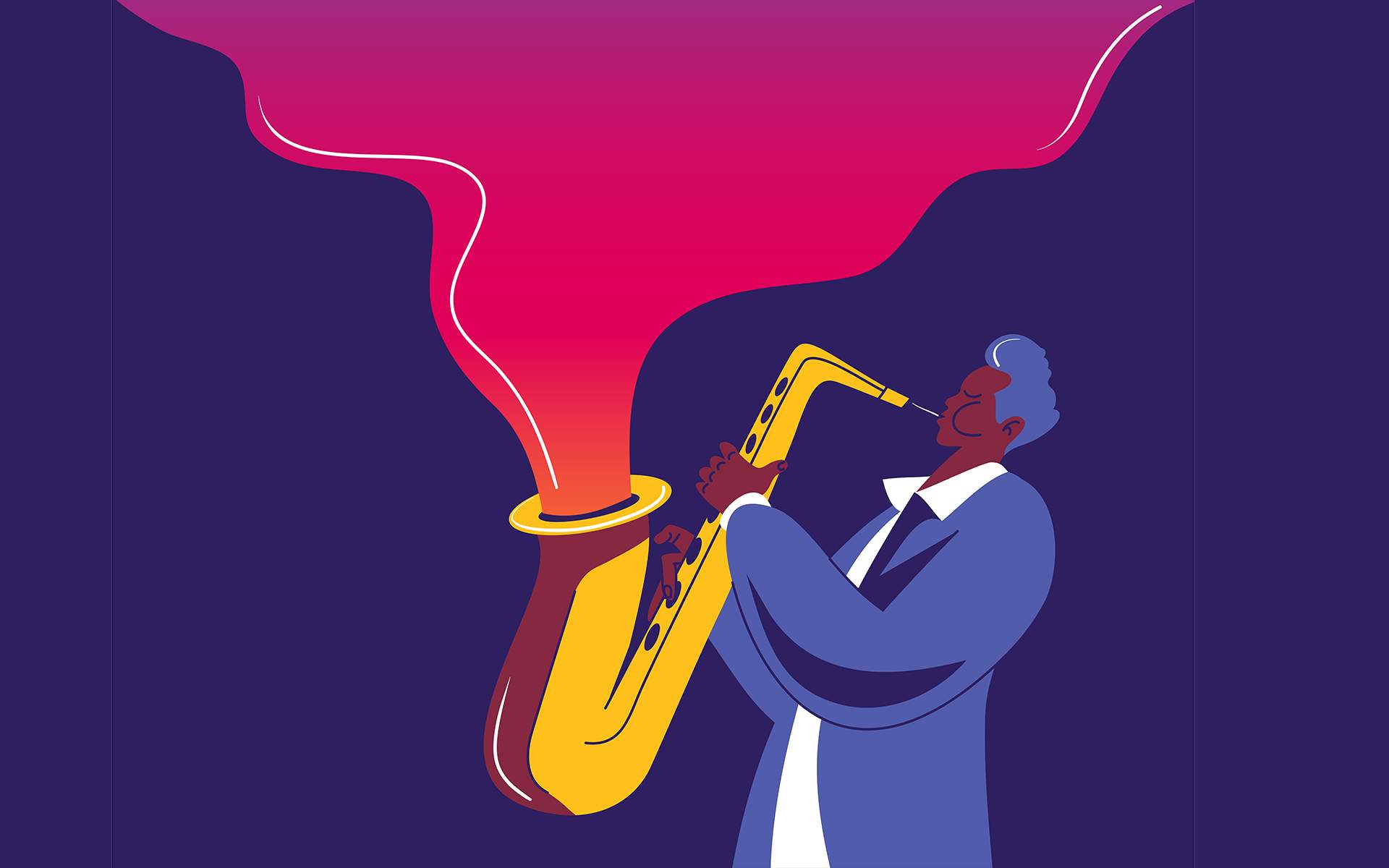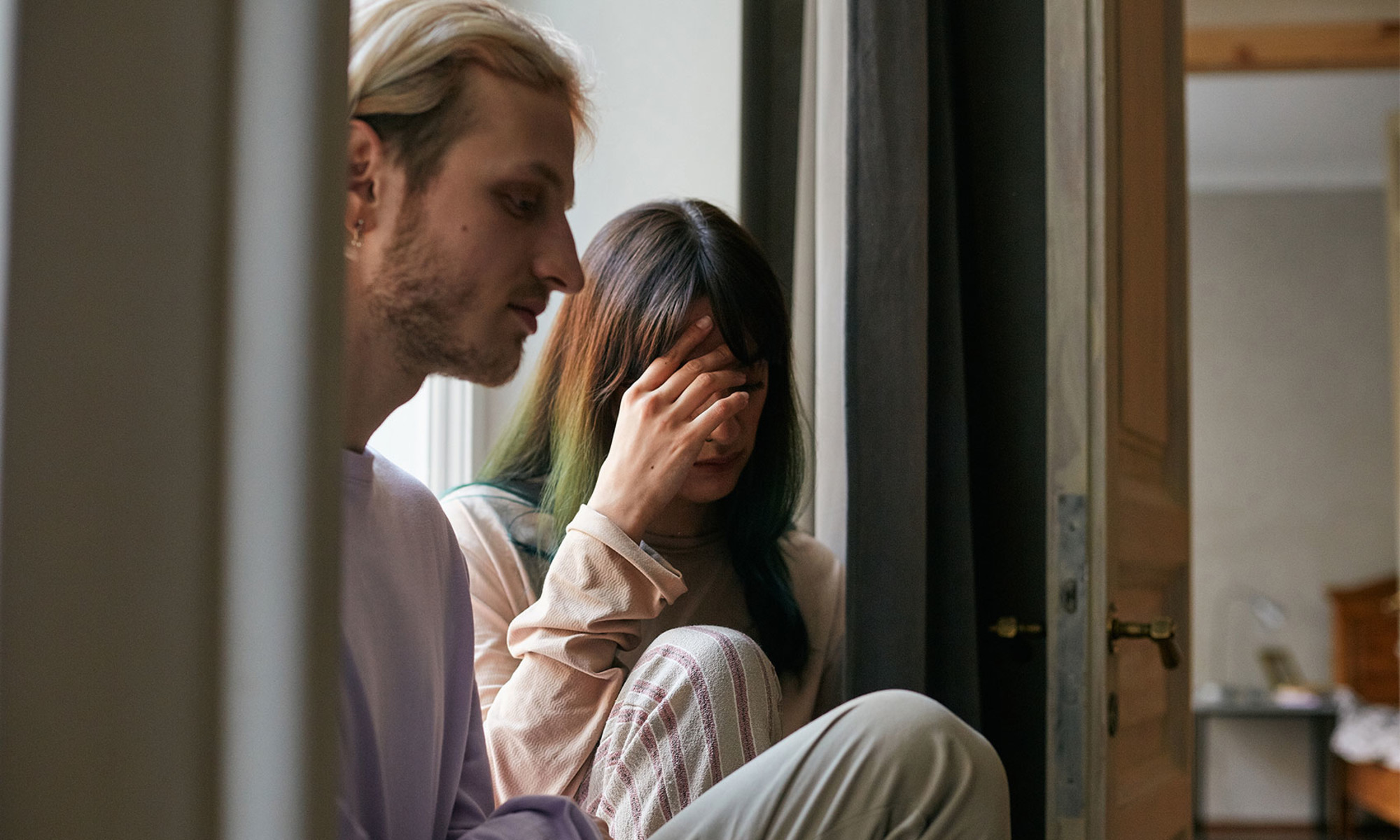Take-What-You-Need Meditations to Support Kids, Teens, and Young Adults
Mindful partnered with WholeSchool Mindfulness to create a special collection of guided meditations designed to support young people in finding more calm, compassion, and joy in daily life. The post Take-What-You-Need Meditations to Support Kids, Teens, and Young Adults...
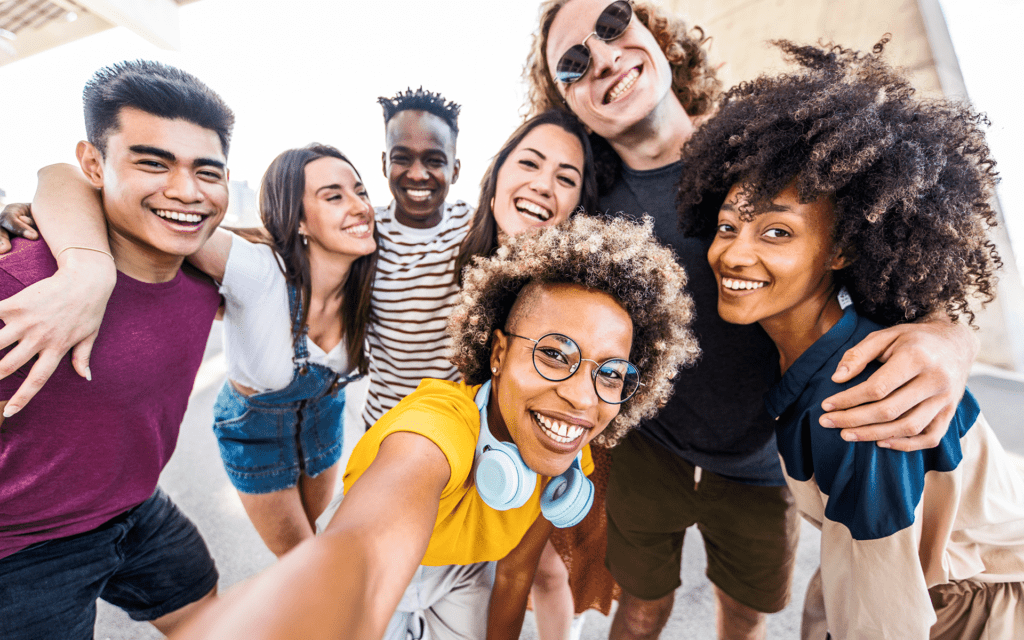
Whether you’ve found this page because you’re a young person interested in mindfulness and meditation or someone who cares about a young person and is looking for resources to support them, welcome. We’ve curated this page with the help of WholeSchool Mindfulness to create a take-what-you-need hub of meditations to support people juggling the myriad challenges facing people in their youth. Continue reading to learn more about this initiative or scroll down for a selection of meditations curated especially for you by professionals who teach and practice mindfulness with young people every day.
Mindfulness for Kids, Teens, and Young Adults
Being young has never been easy—cue the movie montage of confusing teenage hormone changes, the emotional rollercoaster that invariably sums up the early twenties, and the stress of middle school social dynamics. Now add to the list the tremendous challenges our young people are being hit with today that were not faced by previous generations. Think social media, the pandemic, environmental crises, and more. The youngest generations are resilient, bright, and powerful and they’re shouldering a lot. Mindfulness is a science-backed practice that can boost mental health and overall well-being. Here, we’ve gathered meditations designed specifically for young people that are conceptualized and led by a cohort of WholeSchool Mindfulness directors who teach and practice trauma-informed mindfulness in schools and young communities.
“We try to invite in our full experience, starting with honoring the very real difficulties of our lives while holding alongside the things we have and what we appreciate,” says one director, Erica Marcus, about teaching mindfulness. “We savor the joyful moments, we name that we have a negative bias, but that even on a hard day, we have experienced something that was pleasant.”
WholeSchool Mindfulness
There is an urgent need to prototype and test bold, innovative solutions that have the potential to rewrite the script for how we think about student well-being.
WholeSchool Mindfulness is a nonprofit organization co-creating an education system that advances well-being, community, and justice through the transformative power of mindfulness. WholeSchool is working toward the vision of a mindful education system in which every school has a “Mindfulness Director”—a school or district staff member whose role is to integrate mindfulness practices within their community.
To realize this vision, WholeSchool launches and supports Mindfulness Director positions in schools across the United States. They offer schools and their Mindfulness Directors catalytic funding, implementation support, data gathering, and professional development to launch sustainable, thriving Mindfulness Director positions.
WholeSchool’s Mindfulness Directors are rooted in their school community and offer culturally responsive, secular, trauma-informed mindfulness to the students, faculty, and families of their school. WholeSchool is committed to equity in its work, and two-thirds of its Partner Schools are public K-12 schools serving predominantly low-income and/or BIPOC students.
Since founding in 2019, they have launched 15 Mindfulness Directors and plan to launch an additional 30+ sustainable Mindfulness Directors in the next three years, all creating proof points for the bold idea that a “Mindfulness Director” position could one day be an integral part of schools nationwide.
Getting Started With Meditation
If meditation is new to you, don’t worry. These teachers have got you. Each guided practice offers comprehensive instructions so you won’t have to do any guesswork. That being said, there are a few general guidelines for meditation that you may want to consider before diving in.
How Does Meditation Work?
Follow the lead of the teacher guiding the meditation. They’ll take you through it step-by-step, all you have to do is follow along with the guided audio recording and if you want, you can read the practice transcript to familiarize yourself with the meditation. There are lots of different types of meditation and each one will be a little different. If you’d like a thorough guide, check out our How To Meditate page.
Where Should I Meditate?
If you can, meditate in a quiet space where you feel safe, can get some alone time, and don’t have to worry about what’s going on around you. This won’t be possible for everyone all the time, and that’s OK. There are lots of other options.
Mindfulness teacher Kenneth Bourne recommends going into the bathroom with your phone and a pair of headphones if there’s nowhere else you can get some privacy. Other ideas include listening to a meditation while you’re walking from point A to point B. As long as you remain aware of your surroundings, a commute can be a great time to pop in your headphones and find a moment of grounding and calm. Once you get the hang of the basics, you may not even need the audio recordings. You’ll learn how to bring your attention into the present moment anywhere, any time.
When Should I Meditate?
Whenever you want. Some people like to meditate in the morning to set themselves up for the day, others like an evening meditation to help them unwind. What’s important is that you practice at a time that you can settle in without feeling rushed. Mindfulness teachers tend to suggest that daily meditation is ideal, but if that isn’t realistic for you, it’s OK to create a more lenient schedule or to simply pick it up whenever you feel like it.
Who Is Mindfulness For?
Anyone can practice mindfulness. That’s part of what makes it such a great resource! It’s free, you don’t need any special equipment or clothing, and practices are adaptable to your individual preferences. If you would rather stand than sit while you meditate, go for it. Feel better focusing on sounds around you instead of your breath? Great! The key is doing what feels right for you in the moment.
Why Should I Meditate?
Well, lots of reasons. Science shows that mindfulness can benefit us in many ways, from lowering stress and helping us feel calm, to helping us be kinder to ourselves and others. It isn’t a cure-all, but it can help us get to know ourselves better so we can make more intentional choices in our lives. Mindfulness practice is all about being fully present, aware of where we are and what we’re doing, and not overly reactive or overwhelmed by what’s going on around us.
Guided Meditations to Support Young People Today
Which meditation sounds most like what you need right now?
A Guided Meditation to Check in With Your Whole Self
When her students are feeling overwhelmed or low, WholeSchool Mindfulness Director Ashely Williams leads this practice to help them check in with their minds, bodies, hearts, energy, and emotions.
BY ASHLEY WILLIAMS
Based on research and self-reporting from many sixth and seventh grade students, there’s a lack of motivation and self-esteem in the classroom due to poor relationships and motivation from teachers, their peers, and their environments. This practice is one that I do with my students to help us check in with our minds, our bodies, our hearts, our energy, and our emotions.
You may want to do this practice during transitional periods throughout the day like in the morning or bedtime, at the beginning or end of classes, or before or after test taking. After the guided practice, I like to provide time for reflection, inviting students to express what is present through an open dialogue, circle check-in, or writing.
Practice Full-Body Mindfulness
A Guided Meditation to Check in With Your Whole Self with Ashley Williams
A Guided Walking Meditation to Notice the Beauty Around Us—Even in the City
This guided walking meditation from Kazumi Igus offers an opportunity to slow down and notice the wonder of the natural world in our urban environments.
BY KAZUMI IGUS
In the hustle and bustle of city life, it’s not often we slow down and take in all there is to experience. Even in urban areas, if you pay attention, you can hear the call of a bird, notice your favorite color in shop windows, and look up at the vast sky above. In this guided meditation, we slow our roll and take in the beauty of our surroundings, no matter where we find ourselves.
A Guided Walking Meditation for the City
A Guided Walking Meditation to Notice the Beauty Around Us—Even in the City with Kazumi Igus
Free Your Mind From Unhelpful Tech Habits With These 3 Guided Meditations
Today’s technology is designed to be addicting. Erica Marcus, a WholeSchool Mindfulness Director and author of Attention Hijacked offers three guided meditations to check in before, during, and after you turn to your screen.
BY ERICA MARCUS
As a WholeSchool Mindfulness director based out of Maine, I’ve been able to spend a lot of time with young people thinking about how to create healthier tech habits. These practices are intended to help you start noticing what’s going on as you use your tech in order to make the best choices for you. Much of the technology we use is designed for mindless consumption. So how do we take control of our own technologies? At its simplest, we pay attention. Attention equals choice. Not paying attention means we are easily driven by impulses, habits, and manipulative design features.
If you’d like, you can use this worksheet to supplement your journey throughout this series.
Set a Tech Intention
Set a Mindful Tech Intention with Erica Marcus
Here’s a practice to experiment with the next time you feel the impulse to pick up your phone or open your laptop.
Start by slowing down. Take a few deeper breaths. Notice how you are sitting. Feel the seat under you. See if you can relax tension, especially in the shoulders, the jaw, the belly. Now that you’ve dialed into how your physical self feels, name your plan. Do you want to watch your favorite YouTube channel? Scroll through TikTok? Get a math set done? So often we jump right in without even noticing. Naming what we want to do helps us stay the course. So what do you want to do? Why are you turning toward your screen? That might be very simple—you need to get work done. Or it might be more complicated—you’re feeling sad or bored and want to distract yourself. See if you can start understanding what is driving you. This question helps us consider if we are picking the best tool for the job or simply reacting. Why are you here? Then set the intention to notice what happens while you are using your screen. Notice impulses to open up a new tab or app. What does it feel like in your body? What’s driving that? Be deeply curious about your own impulses. Finally, use a timer to escape the rabbit hole that can be screen use. Set a timer for 15 to 20 minutes to check in and notice what you need at that moment. Consider using the check-in below to guide that time.Check In With Your Inner Experience
Check in With Your Inner Experience While On Your Screen with Erica Marcus
We often become quite disconnected from our internal experience when we are looking at screens. Regaining connection with what we’re feeling in the moment is key to choosing actions that benefit us. We want to come back to paying attention to what we’re feeling regularly to make conscious decisions. So let’s check back in.
Start by settling your mind and body without changing anything. Notice how your body feels. Can anything be relaxed? Sometimes connecting with your breath, especially the exhale, naturally allows this to happen. Notice a few breaths, with attention on the exhale. Can this be a place of letting go? Turning back to your tech use, are you still doing what you said you wanted to be doing? No judgment. Just checking that out. How does your physical self feel? Is there tension in your body? Is it relaxed? Are you a bit jittery or more at ease? What about your mind? What are you thinking about? Is your mind super focused or all over the place? Stuck on some fact or worry? Or maybe in the flow. What’s going on with your emotions? Is anything up? Frustration, unease, pride, happiness? Remember, attention gives you choice. Whatever information you gathered from checking in, consider your next move. Maybe you are good to reset the timer and get back to it. Maybe you need to take a stretch break and go chat with someone. Maybe there’s a specific question you need some help with. Whatever it is, now you are choosing instead of continuing on mindlessly. There’s a lot of freedom there. Make your choice.Reflect On Your Tech Use
Reflect on Your Use of Tech with Erica Marcus
When you are done using your screen, take a moment to come back to yourself.
Orient to the room by looking around and noticing your surroundings. You are back. It can be nice to just ask yourself how it all went. Not to be hard on yourself or judge yourself, but to truly get curious. Did your tech use bring you what you hoped it would? Did you do what you set out to do? Did anything hijack your attention from what you wanted to do? If so, are these frequent hijacks that you know you have to be careful of? Just take note. How are you feeling now? Scan through the body. What does it feel like after all that? Really observe tension or relaxation; pleasantness or unpleasantness. Check in with your mind. Is it settled or spinning; stuck or open? What’s the quality of your mental state? What’s your emotional condition? How are you feeling after all that? Our internal experience is always happening, whether we notice it or not. We can be researchers of this. By paying attention we can learn more about how we are impacted by our tech use. We can see our habits more clearly. In turn, this can help us make moment-to-moment choices that are best for us.A Loving-Kindness Meditation to Anchor In Compassion
Learning to love ourselves and others when our expectations aren’t being met is hard, but with practice we can open our hearts and learn to love what’s challenging.
BY ENRIQUE COLLAZO
When I was asked what kind of mindfulness practice I’d like to offer to young people, the very first thing that came up for me was the practice of loving-kindness. Other ways of putting it is the practice of unconditional friendliness or the practice of being kind to oneself and all other beings. Through my own experience working with thousands of young people, my sense of the cultural Western conditioning is to be really hard on ourselves. We often try to achieve perfection which gives us really high expectations. Then, when we fall below these expectations, there’s a habit of self-criticism. I think it’s such good medicine and so important that I learned to be kind to myself, the same way that I would be kind and compassionate and friendly toward my best friend if they made a mistake or were struggling in some way. I think that’s when we need love and kindness the most. It’s easy to offer love to myself and other people when I’m doing a good job, but I think what makes us good at love is when we’re able to love what’s difficult, what’s challenging.
Loving-kindness meditation may be new to you and when I first started this practice, some of the language felt strange to me. Even the idea of being kind to myself felt foreign. I started saying loving-kindness phrases to myself—which I’ll be offering to you, too—like “May I be happy,” and what came up for me was, You don’t deserve to be happy. That’s totally normal. The invitation given to me was to see if I could actually meet the voice in my mind that said, You don’t deserve this, with a little bit of kindness.
Through the work that I’ve done, I’ve come to understand that the little voice is just confused and doing its best to protect me from being vulnerable in a very intense world. Like some of you, I’ve had experiences where I’ve opened my heart and it’s been hurt so a natural part of me wants to protect my heart. But through lots of practice, I realized that my heart is actually my gift to the world and not something that I need to protect it from.
With that, let’s start the practice.
A Beginner-Friendly Loving-Kindness Meditation
A Loving-Kindness Meditation to Anchor In Compassion with Enrique Collazo
May I be happy. May I be at ease. May I be free from struggle. May I allow myself to be happy. May I be at ease, even when things aren’t so easy. May I be free from any ways that I suffer. As you sit in this practice, repeating these phrases in your mind, your attention might be drawn into thinking other things like resisting or judging. Judging the practice or your capacity to love or be kind. This does take a gentle, persistent effort to continue returning, offering yourself these phrases even when the mind wanders. May I be happy. See if you can feel the breath and the body’s response to each phrase. May I be free from struggle. Allowing the mind and body to relax into each phrase. You just repeat them over and over again. I love you. I will take care of you. I will provide you with what you need. Keep going. Then bring your attention back to the body. Again relaxing into your posture. Noticing what’s there to be felt after offering yourself these kind and loving words. Remember there’s no right or wrong way to feel. See if you can allow whatever is arising to exist. If it’s difficult, see if you can continue to bring kindness to that. That’s not where we turn our back. That’s what’s needing our love and attention the most. Then bring your attention to someone that’s been beneficial to you. Maybe a benefactor, someone that has inspired you, that has shown you great kindness, seen you for who you are, offered you some of that unconditional love. Recognizing as this being comes to mind, or maybe a lot of people, that just as you wish to be happy and to be at ease, peaceful, to struggle less, that this person also shares this universal desire for well-being. So begin offering them some kind words.
Just as I wish to be happy, peaceful, and free, may you be happy, peaceful, and free. Continue offering the words that you think they would benefit from hearing. May you be happy. May you be at ease. May you be free. Or maybe it sounds like, Thank you. Thank you for seeing me and loving me. Thank you for being there for me. I don’t take it for granted. Let those words and the image of that person go and bring the attention back to the body, back to the breath. Notice what’s there to be felt. Remember there’s no right or wrong way to feel so you can allow what’s there to exist. See if you can expand just a little bit to a neutral person in your life. Maybe a neighbor that you see, but don’t know very well or someone that you come across at the local grocery. Bring that being to your mind and your heart. Just as I wish for myself to be happy, to feel ease, to be free, may you be happy, feel ease, and be free. Or it might sound like, I see you. You are a whole human being deserving of kindness and happiness just like me. Just like me, you want to be happy. Just like me, you struggle and get scared. May we be happy. May we feel at ease. May we be free, my friend. Letting that go, bring the attention back to your body. Noticing what’s present for you and allowing it to exist. There are two more categories to cover as we continue to expand our hearts. This next one is optional. We consider offering the same kind of loving-kindness to someone that’s been difficult. If your mind is anything like my mind, as soon as I think of a person, your mind may have gone to the most difficult person in your life. And I encourage you to not go there. If you feel like you have the capacity to work with this, start with someone who is easy to work with, someone that maybe just hurt your feelings or annoyed you in some way. Starting easy so we can build strength and confidence and a capacity to open our hearts to difficult people. All beings wish to be met with love and kindness. All beings, even the annoying and the unskillful, the confused and the unkind, wish to be happy. Even their harm is coming from a place of confusion of fear. That’s not an excuse, just the truth. We all need to take responsibility for our actions. With as much heart as you can in this moment, see if you can offer this slightly difficult person in your life some kindness. May you be happy. May you be free. For the sake of our own personal freedom from hatred or fear, with as much heart as you can in this moment, allow someone who may have been a source of difficulty to be the object of your well wishes. May we be happy. May we be free. And letting that go. Notice what that was like by sensing into your body. And last but definitely not least, see and experience this heart, full of capacity to offer love and kindness to all beings. We can start with beings in our immediate vicinity, sending some love, some kindness to the people in our space right now. May we all be happy, at ease, and free. Expand to those in your town or city. I like to imagine it like my heart is radiating out, and allowing those waves of kindness to expand to the city, then expanding to the country. Allow a positive intention for meeting everyone with love and kindness to spread out in all directions, radiating kindness with this open heart and fearless mind. May all beings, including myself, be happy. May all beings, including myself, be at ease. May all beings, including myself, be free from unnecessary struggle. Then coming back to the body, to your heart. Noticing what’s there to be felt, noticing if anything’s changed, if anything’s stayed the same. Welcoming it all with big, spacious, patient, kind awareness. Feeling your breath, the ground beneath you. And when you’re ready, on your own time and your own way, coming out of the practice. That might be by opening your eyes, or maybe a hand on the heart is what’s being called for in this moment.
A Guided Visualization Meditation to Fill Your Cup
WholeSchool Mindfulness director Carrington Kernodle Epperson offers a guided visualization meditation to restore and recenter.
BY CARRINGTON KERNODLE EPPERSON
A common saying in mindfulness is, you can’t pour from an empty cup. It means that we cannot show up at our best—for ourselves or others—if we’re physically, emotionally, or energetically drained. What needs to come first is self-care and self-compassion. This guided meditation is an opportunity to recharge and recenter so you can then go about the rest of your day with a full cup.
A Guided Visualization Meditation to Recharge
A Guided Visualization Meditation to Fill Your Cup with Carrington Kernodle Epperson
Help Kids Find Calm in Just One Minute With This Mindfulness Game
WholeSchool Mindfulness Director Alex Tzelnic recommends this fun challenge to help kids find a quiet moment of embodied presence.
BY ALEX TZELNIC
Unless the clock is ticking at the end of a sporting event or your parking meter is about to expire, we so rarely notice the passing of time. I’m a PE teacher and mindfulness director at Belmont Day School in Belmont, Massachusetts and this practice is one of my favorite activities to do with my students. I call it the One-Minute Challenge. This challenge is a chance to tune into the present moment and notice what’s arising in our minds and bodies.
Try the One-Minute Mindfulness Challenge
Try the One-Minute Mindfulness Challenge with Alex Tzelnic
In a moment, I’m going to ring my bell and start my stopwatch. After one minute, I’ll ring the bell again. Your challenge is to stay as present as you can and to see if you can anticipate the sound of the bell just before I strike it to signal that one minute has passed.
Find a position that feels comfortable and alert, whether that’s sitting up straight, lying down, or standing up and tapping your toes. Before we begin, I’d also like to offer that some of the best mindfulness advice I’ve ever received is to stay in the room. It sounds really simple, but so often our bodies remain right where we left them while our minds wander off to consider that conversation we had this morning or what we’ll have for snack later, or that thing we saw on social media, or what we want to be when we grow up. But if you’re able to stay in the room, mind and body in the same place at the same time, I have a feeling you will be much more aware of the passing of time. Whether you accomplish that by noticing the breath or counting in your head or listening to the sounds that puncture the silence is totally up to you. I will mention, since my students are always looking for creative ways to hack my challenges, that looking at a clock or a watch is against the rules. Alright, let’s get settled in. When I strike the bell. The challenge will begin. If you already noticed your mind drifting away out of the room, gently bring it back and tune in to what is truest about your experience right now. Whether it’s the sound of my voice, the feeling of your feet on the ground, your breath rising and falling. Let’s debrief. Did that feel like a minute? If that felt really short or super long, take a moment to reflect on why that might be the case. If you perfectly anticipated the moment that the bell sounded at the one minute mark, what allowed you to be so in tune with the passing of time? Were you able to stay in the room? If so, did it feel really challenging to do so? If your mind wandered all over the place, that’s because that’s what minds are really good at. If you noticed that your mind wandered, that is an important step in cultivating mindfulness. You got to spend a minute witnessing how your mind operates.At the very least, I hope that after just one minute you feel a little bit more centered and spacious and that you can take that with you to the many minutes that will make up the rest of your day. One of my favorite things about this challenge is that it unfolds differently every single time. So experiment with it. Try it out again. Remember that time flies when you’re having fun.
A 15-Minute Guided Sound Meditation for Present-Moment Awareness
Notice the sounds around you, then use them as an anchor to check in and release tension.
BY CHARISSE MINERVA
Sounds are a constant feature of life. So much so that we often take them for granted. So let’s go on a sound excursion. You may like to crack a window to let the sounds from outside in. If you can’t do that, it is quite all right because we can still hear sounds inside with the windows closed.
I approach mindfulness practice by designing lessons that are user-friendly and engaging. I want to open a path for many to enter, deepening their practice naturally as they continue their journey of discovery.
A 15-Minute Guided Sound Meditation
A 15-Minute Guided Sound Meditation for Present-Moment Awareness with Charisse Minerva
A Guided Meditation to Cultivate Kinder Self-Talk
The story we tell ourselves isn’t always the whole truth. When we learn to notice our inner voice, and notice when we’re focusing on negative thoughts, we can cultivate a habit of self-compassion.
BY ADAM ORTMAN
One way I like to think of inner voice is as the language or talk inside of our minds that we use to tell the story of what’s happening to ourselves. This story can function a bit like virtual reality goggles, where when we put them on, sometimes it’s hard to actually see the full scope of what’s happening. It’s a version of reality that might not be the whole story. But if we can start to see around the edges of those goggles, our perspective on what’s happening expands and becomes more clear. We experience a bit more freedom. So this practice will be a process of exploring that voice and exploring how to see around its edges.
A Guided Meditation to Explore Your Inner Voice
A Guided Meditation to Cultivate Kinder Self-Talk with Adam Ortman
The “Take-What-You-Need Meditations to Support Kids, Teens, and Young Adults” project was made in collaboration with:
With special thanks to:
Ben Painter, Partner & Co-Founder, Strategic Growth, WholeSchool Mindfulness;
Selena La’Chelle Collazo, Partner, Mindfulness Director Outreach, Recruitment & Selection, WholeSchool Mindfulness;
And all the WholeSchool Mindfulness Directors who took time out of their busy schedules to share their practice: Adam Ortman, Alex Tzelnic, Ashley Williams, Carrington Kernodle Epperson, Charisse Minerva, Enrique Collazo, Erica Marcus, Kazumi Igus
This project was produced and edited by Ava Whitney-Coulter, Editor and Social Media Manager, Mindful, with further edits by Kylee Ross, Senior Editor, Mindful

 UsenB
UsenB 








